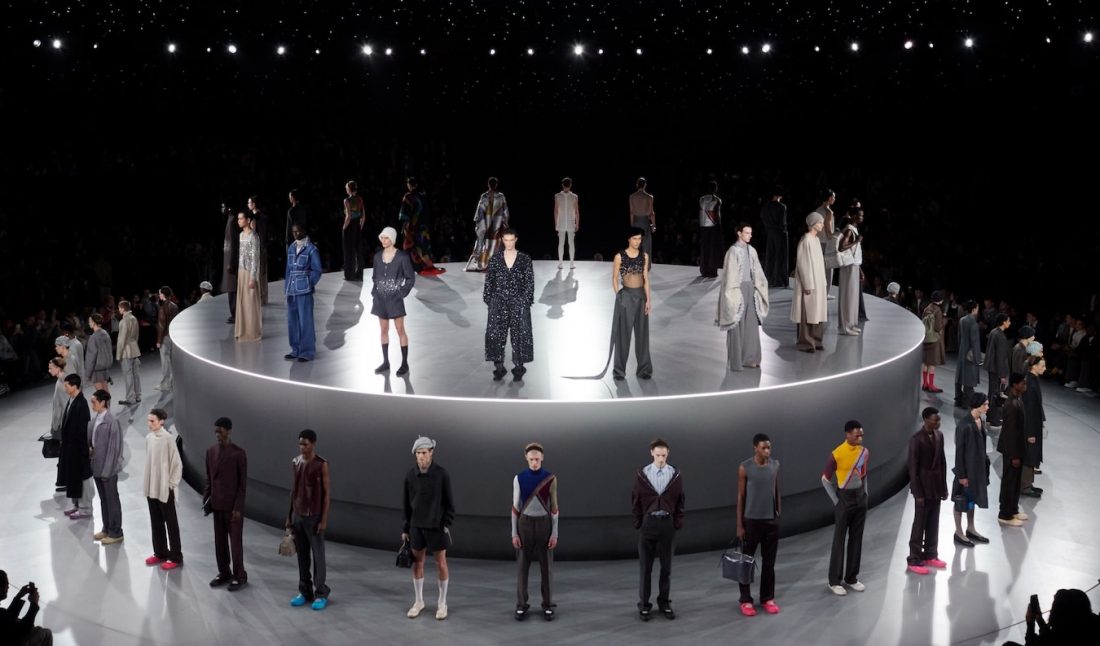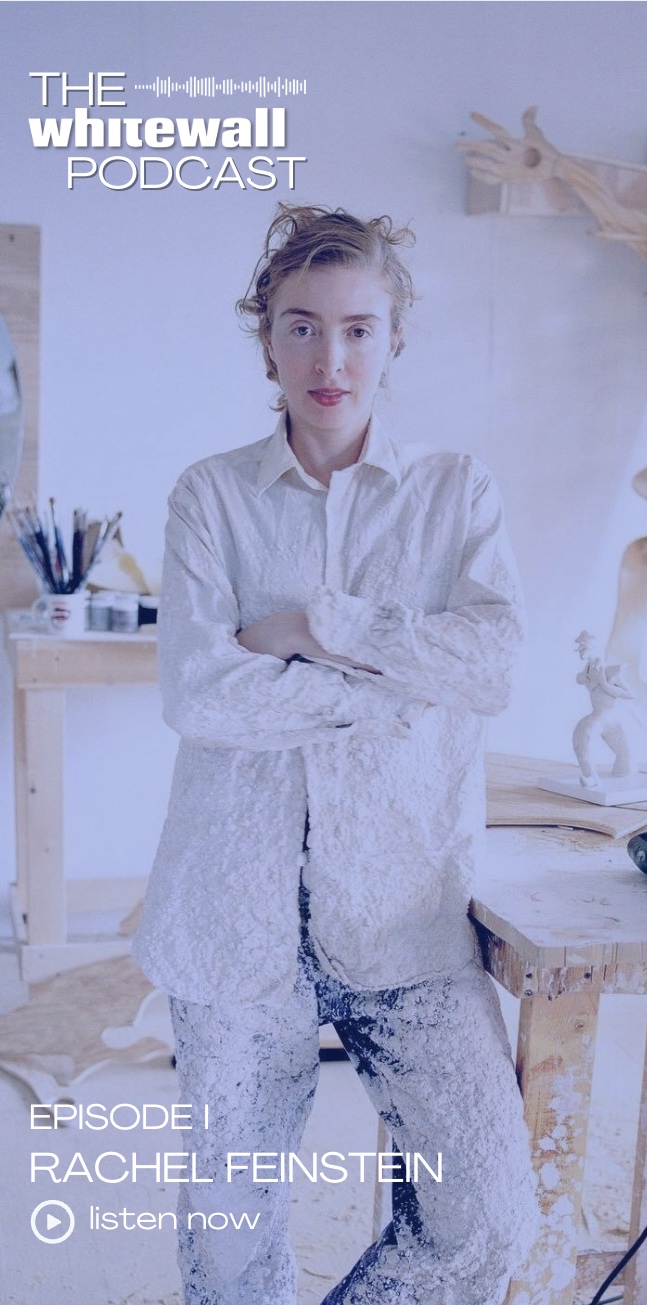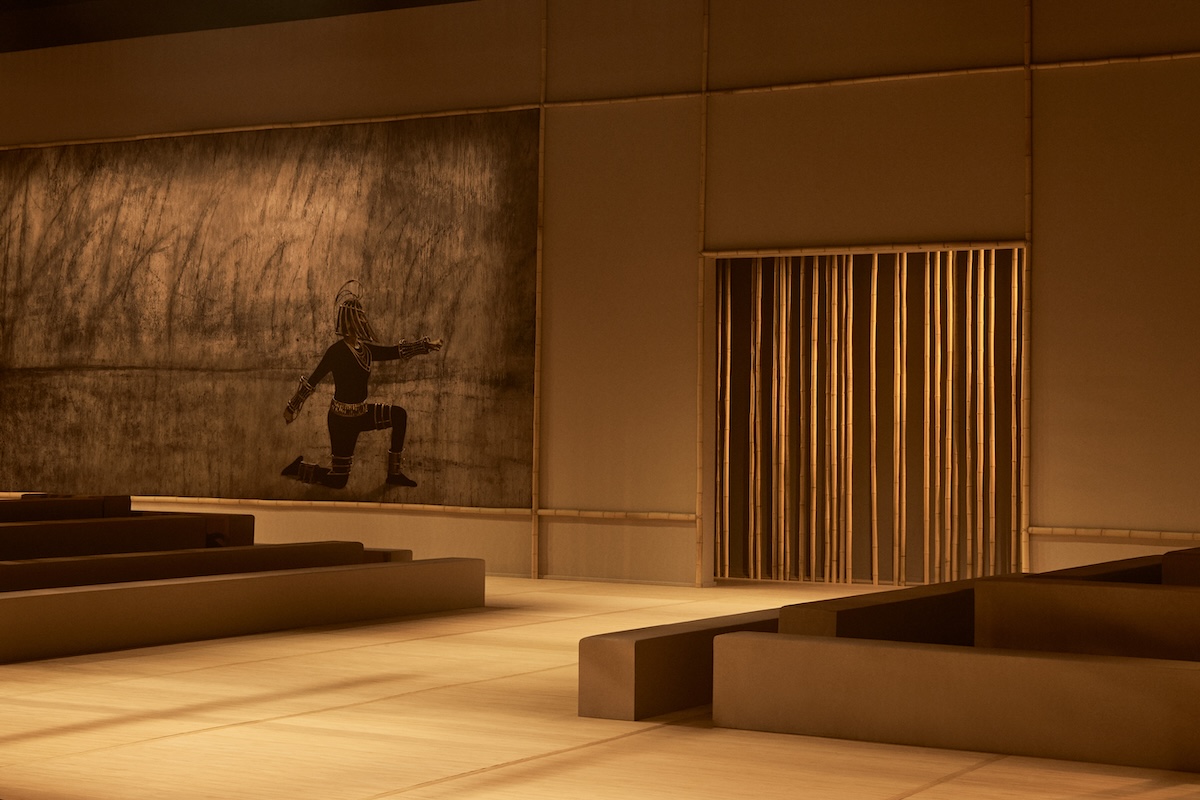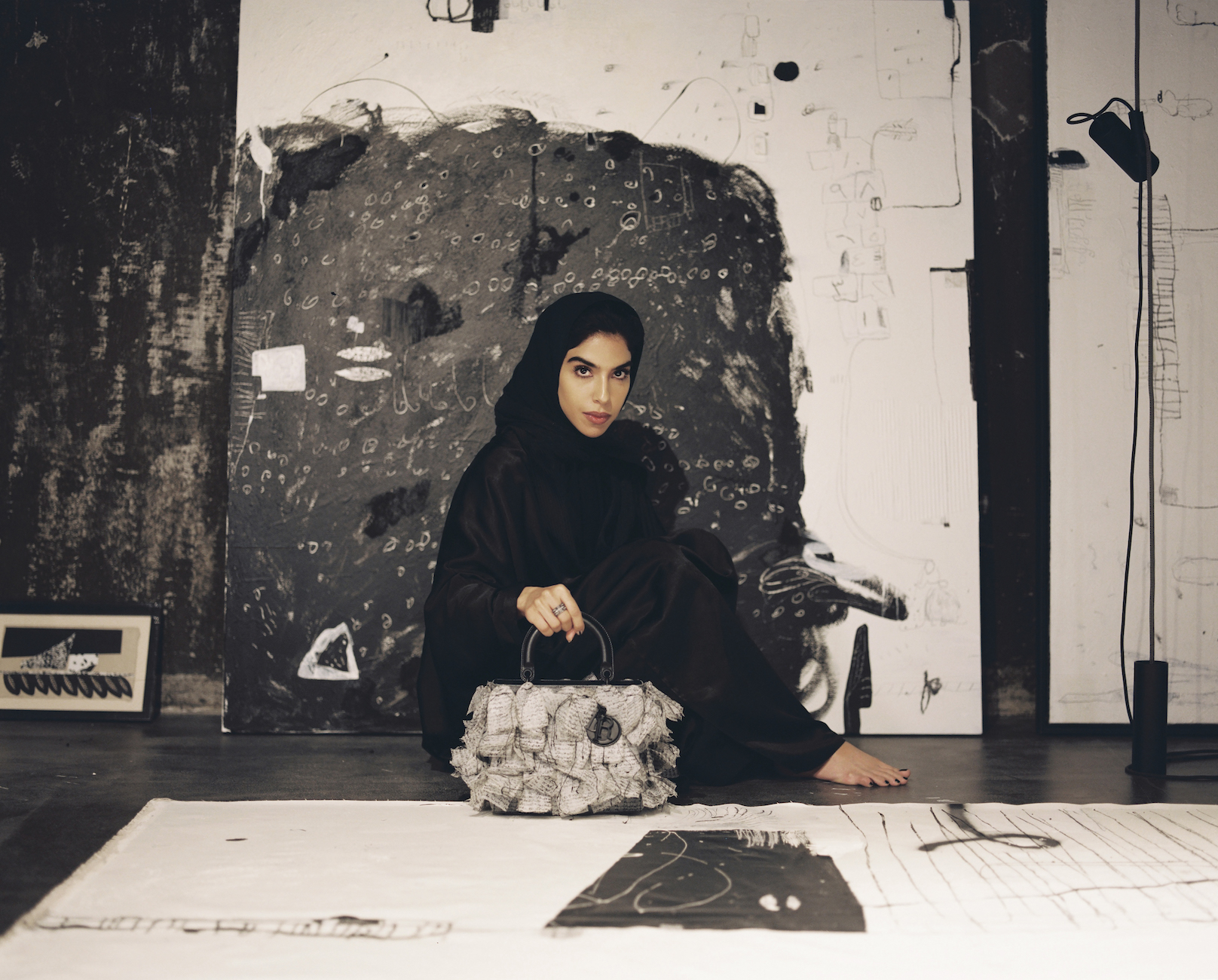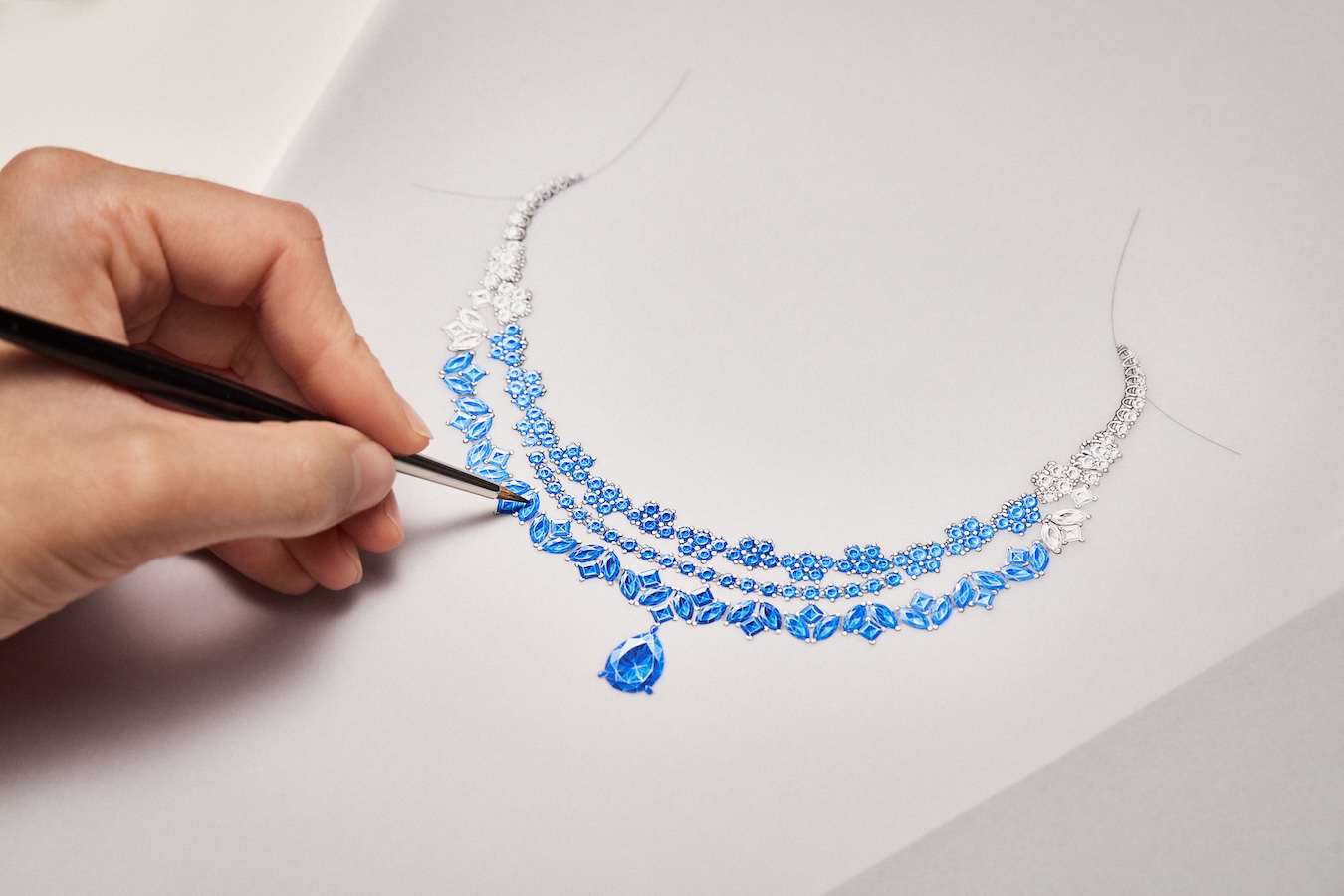On January 19 during Paris Men’s Fashion Week, Dior Men’s unveiled a sumptuous winter 2024/25 collection. Directed by Baillie Walsh and set to the poignant music of composer Max Richter, the show was “Nureyev.” The presentation was deeply inspired by Creative Director Kim Jones’s late uncle Colin Jones, a talented ballet dancer throughout the 1950s who evolved into a proficient photojournalist, eventually chronicling a glorious day in the life of preeminent ballet dancer Rudolf Nureyev for Time Life.
Kim Jones Was Inspired by a Touching Story of Ballet Dancers and Friends
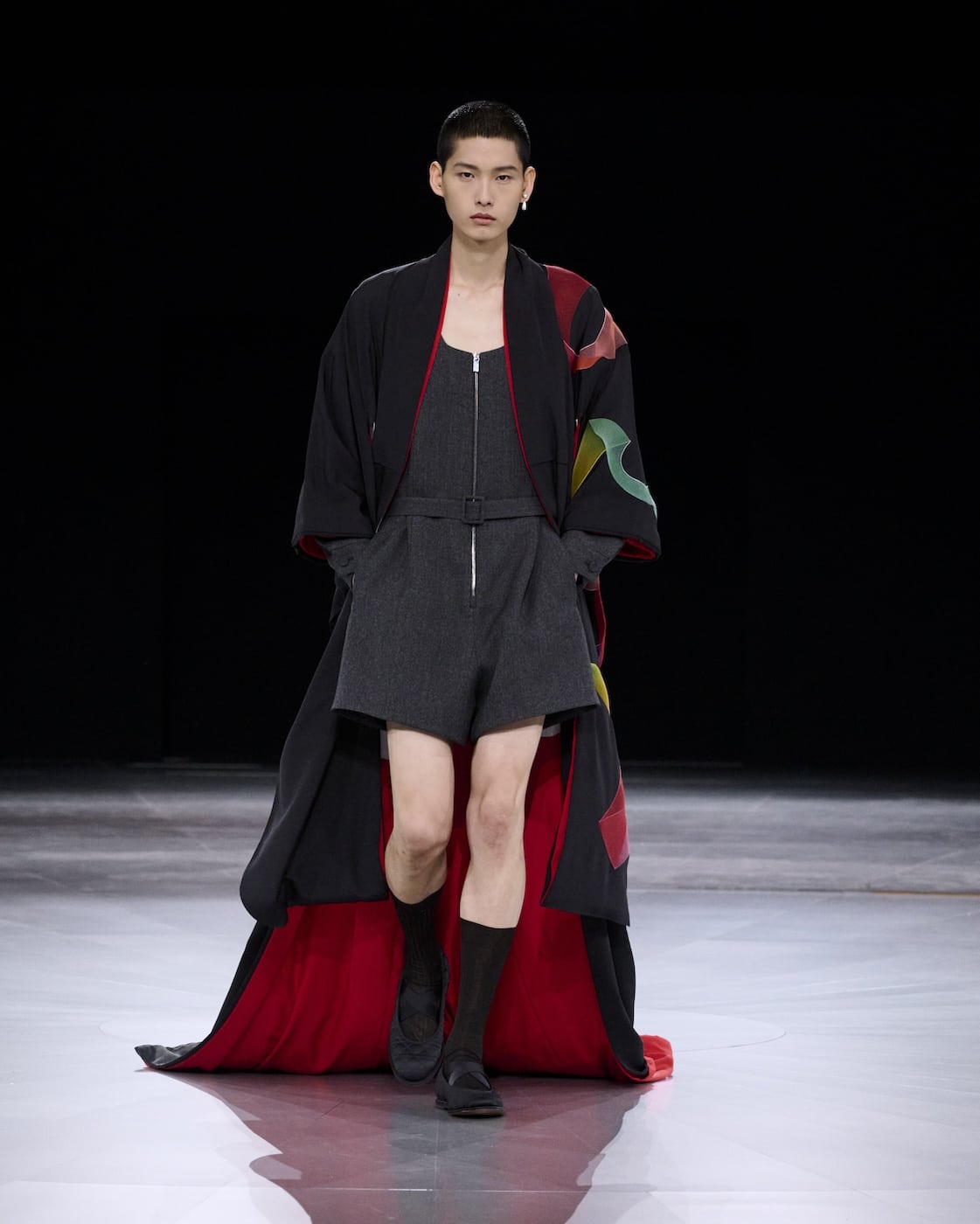 Courtesy of Dior.
Courtesy of Dior.
In turn, the creative and adventurous pair found a fast friendship. Invoking this beloved personal story, as well as Nureyev’s radiant on stage partnership with ballet dancer Margot Fonteyn—a treasured client and friend of Monsieur Christan Dior—Jones revealed a nimble study on contrasts. Exploring the magic and nuances of reality versus theatricality, Jones revisited the maison’s legendary archive and discovered rhapsodic parallels with the iconic style of Nureyev.
In the show in Paris, Richter’s revisiting of composer and pianist Sergei Prokofiev’s compelling melodies set the scene, spotlighting The Dance of the Knights from Romeo and Juliet—together performed by Nureyev and Fonteyn in 1965. Summoning the exquisite Dior archive for ready-to-wear visions, tailoring was seamlessly infused into Dior Homme garments by way of sensuous vents, pleats, and necklines, with great attention placed on a myriad of volumes.
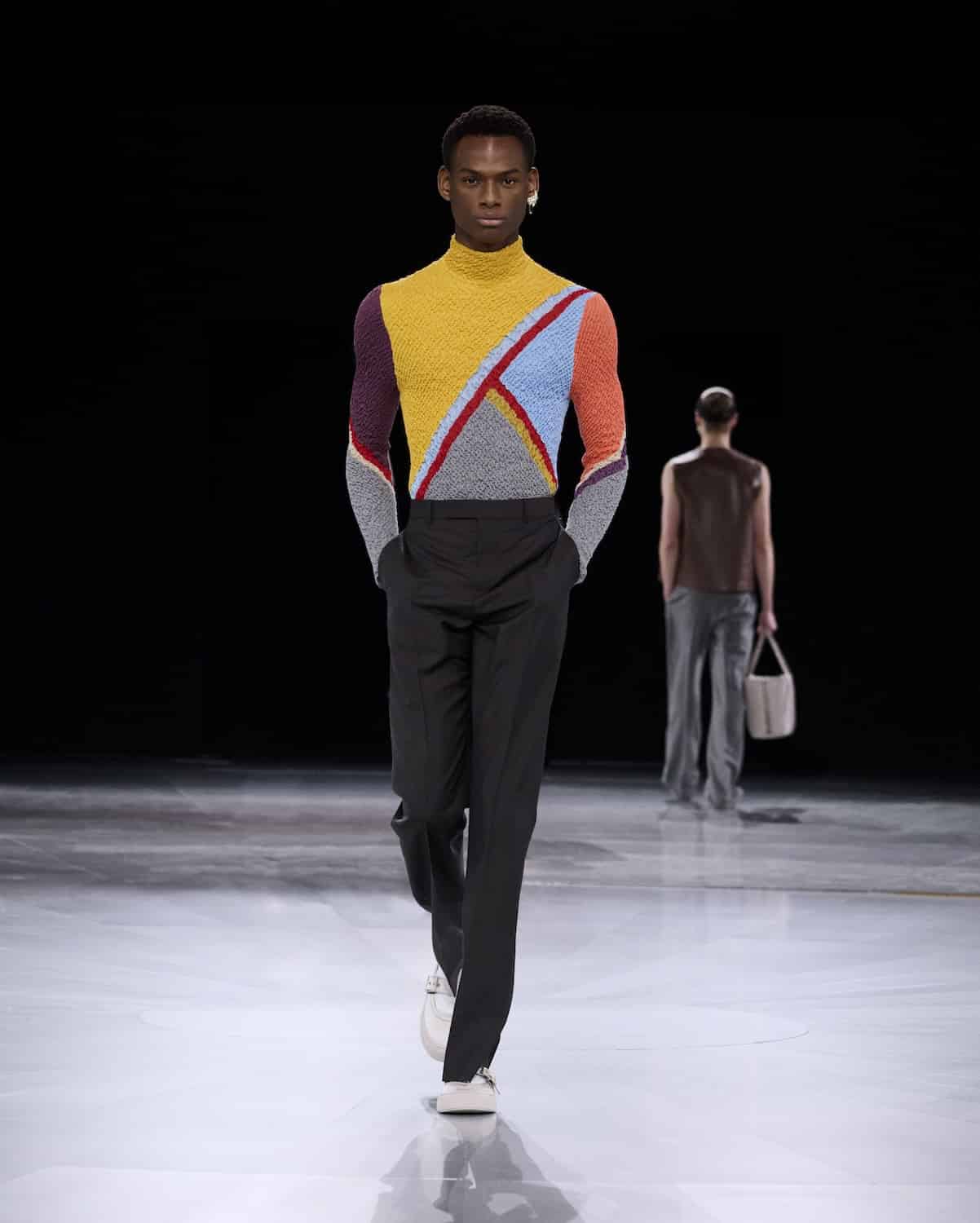 Courtesy of Dior.
Courtesy of Dior.
Dior’s classic Bar suit was imbued with new life through Jones’s oblique design, revealed in the Creative Director’s inaugural Dior collection, and saw an extended double-breasted wrap sleekly linked with a Bar waist curve. A distinct homage to the breathtaking style of Nureyev during the 1960s and ‘70s played out in softly flared trousers, luxurious wool melange suiting, zipped wool shorts, and jumpsuits, as well as fitted ribbed knits and opulent leather looks.
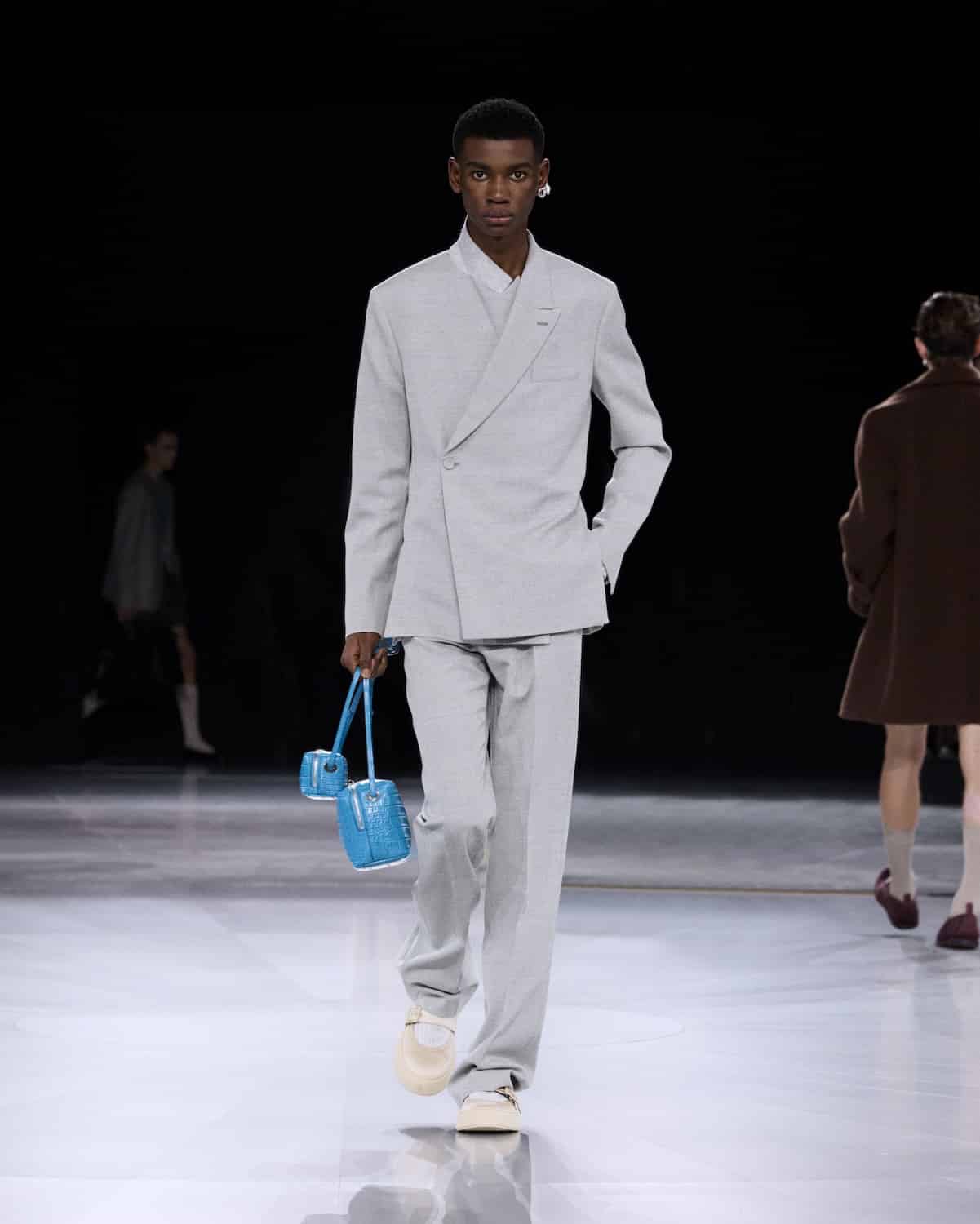 Courtesy of Dior.
Courtesy of Dior.
Dior Homme Echoes the Brilliant Style of Nureyev and Fonteyn
Men’s pieces echoed the fantastical aura of Nureyev on the stage—as well as his adoration and collection of antique textiles—in glowing kimonos uplifting the astounding techniques of Japanese master craftsmen. A dazzling, silver uchikake kimono with prominent hikikahu weaving recalled an exact piece dear to the dancer. Bountiful embroideries of the archive found a tender narrative in a revisioning of the Debussy Dress—worn by Fonteyn and created by Dior in 1950, with elegantly masculine shoes, bags, and hats brimming with the unforgettable, lyrical spirit of the ballet.
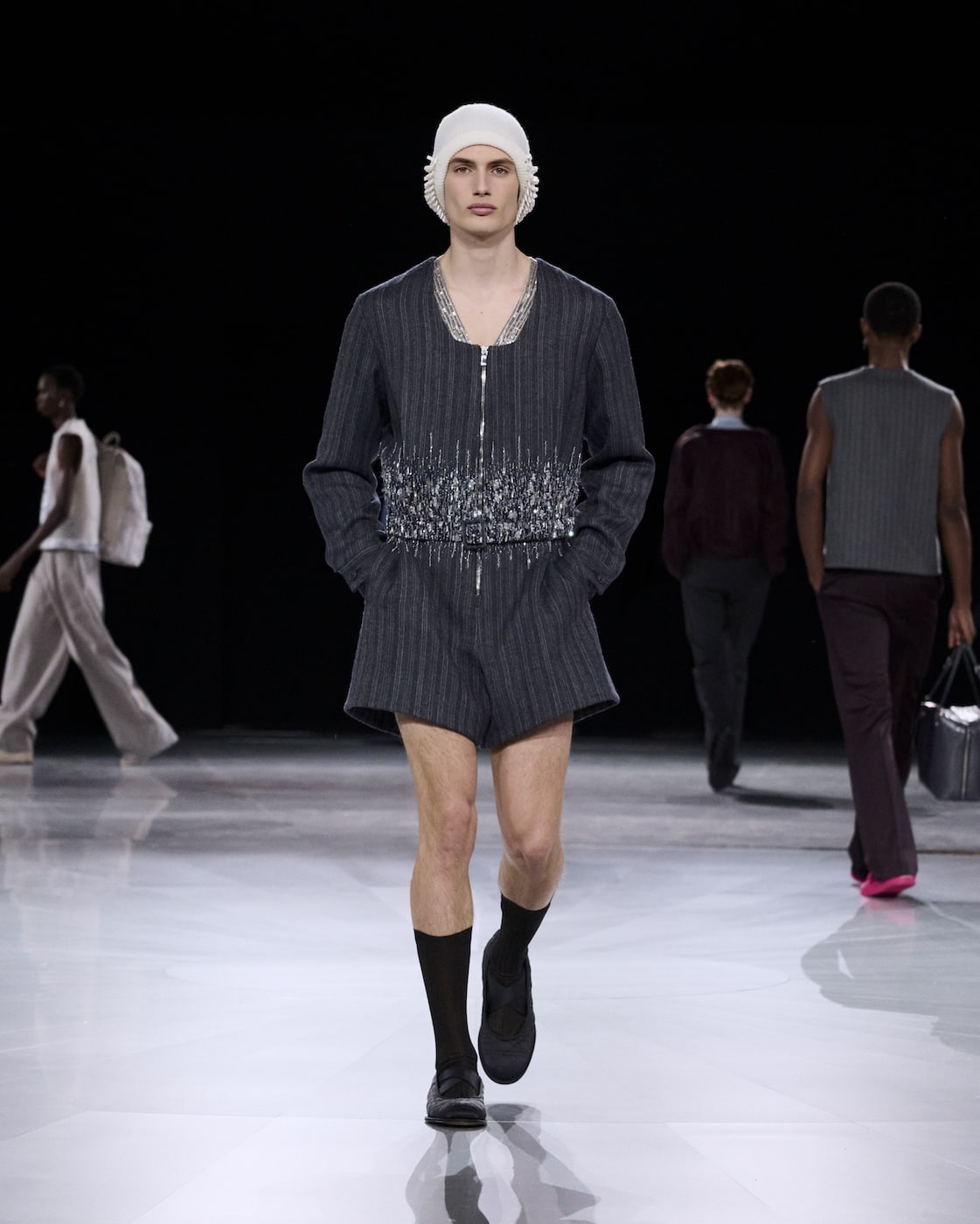 Courtesy of Dior.
Courtesy of Dior.







